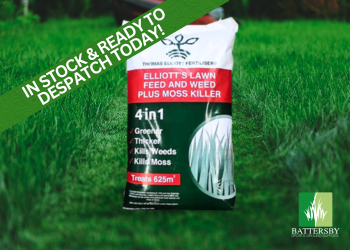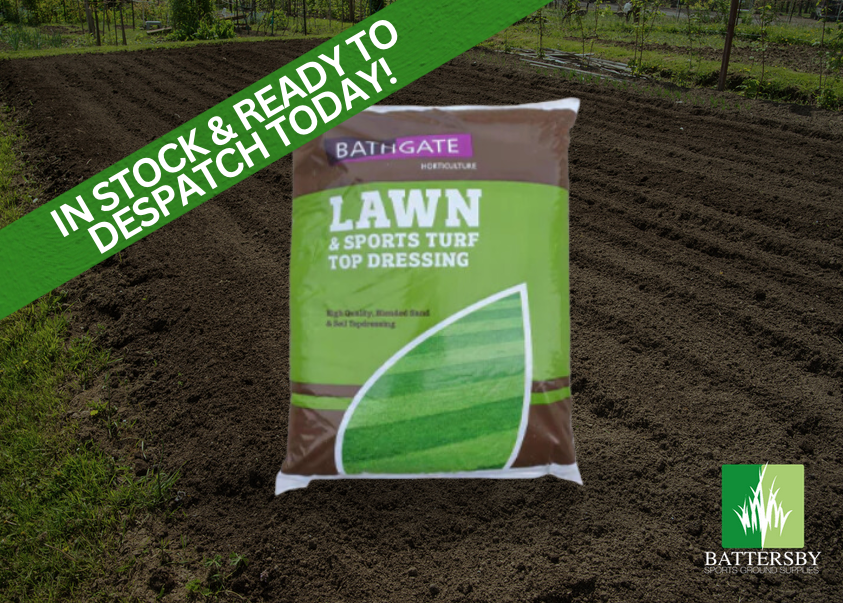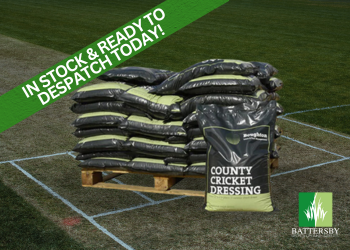
As we head into 2024, the importance of rock salt in maintaining safety during cold, snowy, and icy weather cannot be overstated. Rock salt, or sodium chloride, is a widely used de-icing agent that plays a crucial role in preventing accidents, ensuring safe mobility, and minimizing the impact of winter weather conditions on various surfaces, including car parks and walkways.
Here are key reasons why rock salt is indispensable for winter safety:
Preventing Slip and Fall Accidents:
- Rock salt is effective in lowering the freezing point of water, causing ice and snow to melt and preventing the formation of slippery surfaces.
- Application of rock salt on walkways, sidewalks, and parking lots helps create safer conditions for pedestrians, reducing the risk of slip and fall accidents.
Enhancing Road Safety:
- Sprinkling rock salt on roads and highways is a common practice to melt ice and snow, making driving conditions safer. This is particularly important if your club has sloped car parks.
- The use of rock salt helps prevent the formation of black ice, which is notorious for causing hazardous driving conditions.
Facilitating Snow and Ice Removal:
- Rock salt facilitates the mechanical removal of snow and ice. When applied before or during a snowfall, it helps loosen the bond between the ice and the surface, making it easier to plow or shovel the snow away.
- This accelerates the overall snow removal process, ensuring timely clearance of roads, parking lots, and walkways.
Economical and Widely Available:
- Rock salt is cost-effective and readily available, making it a practical solution for municipalities, businesses, and homeowners to maintain safe environments during winter.
- Its affordability allows for widespread use, contributing to the safety of large areas even on a tight budget.
Need a top up? Take a look at our rock salt here.
Ground Maintenance
January, being part of the winter season, requires specific maintenance procedures tailored to address the challenges posed by excessive moisture. Here are key tasks and additional considerations for maintaining a cricket square and the overall ground during a wet January:
Surface Inspection and Repair:
- Identify and address any damage caused by wet conditions.
- Inspect the cricket square for signs of waterlogging, moss, and disease. Fertilisers such as the 3-6-8+4%fe will help tackle any moss issues.
- Repair any uneven or damaged areas by lifting and reseeding low spots.
Aeration:
- Objective: Alleviate compaction and improve drainage.
- Conduct aeration using solid or hollow tine aerators to create channels in the soil.
- This promotes better air circulation, water infiltration, and root development.
Topdressing:
- Objective: Improve surface smoothness and address low spots.
- Apply a light layer of topdressing material to fill in irregularities and improve the overall playing surface.
- 70/30 is an excellent option and aids drainage. 70:30 Top Dressing Here
Fertilisation:
- Objective: Promote healthy grass growth and recovery.
- Apply a balanced fertilizer to provide essential nutrients to the grass.
- Consider a fertilizer with a higher phosphorus content to support root development. Options include the 5-0-28 or Vitax 5-5-20






